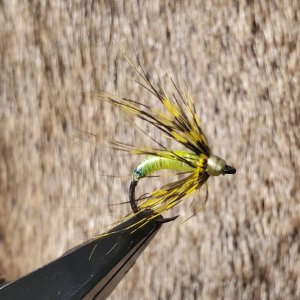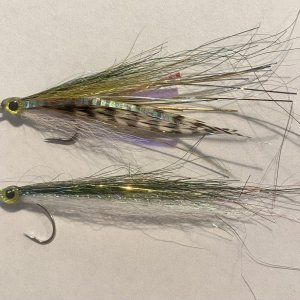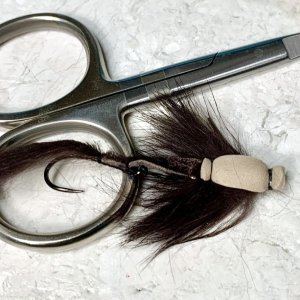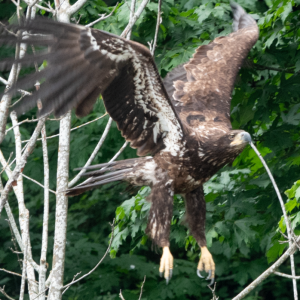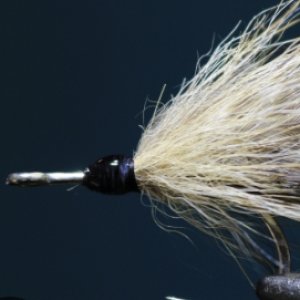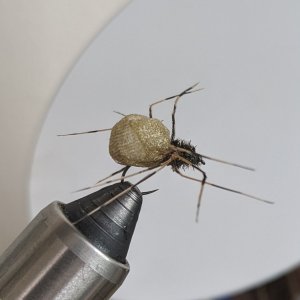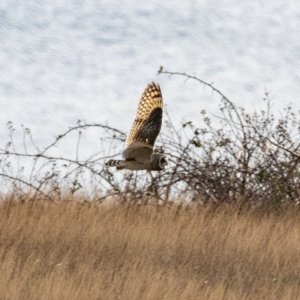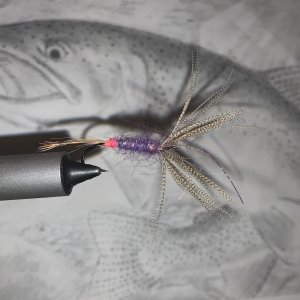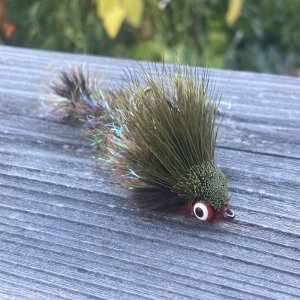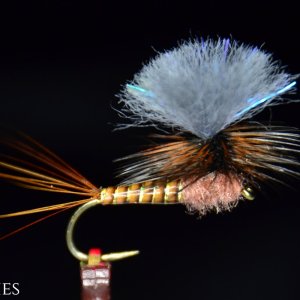JayB
Steelhead
Any tips that actually helped your casting? My casting is still very much a work in progress, but I think the one tip that's helped me more than any other was Travis Johnson's suggestion (in the vid below) to keep your thumbs on both hands in line with the reel. I'm not sure why, but I this made it much easier for me to generate force by pulling with the lower hand than pushing with the upper hand, which is something that I'd been struggling with since I started. Anyone else have a tip that made a big difference for them?

